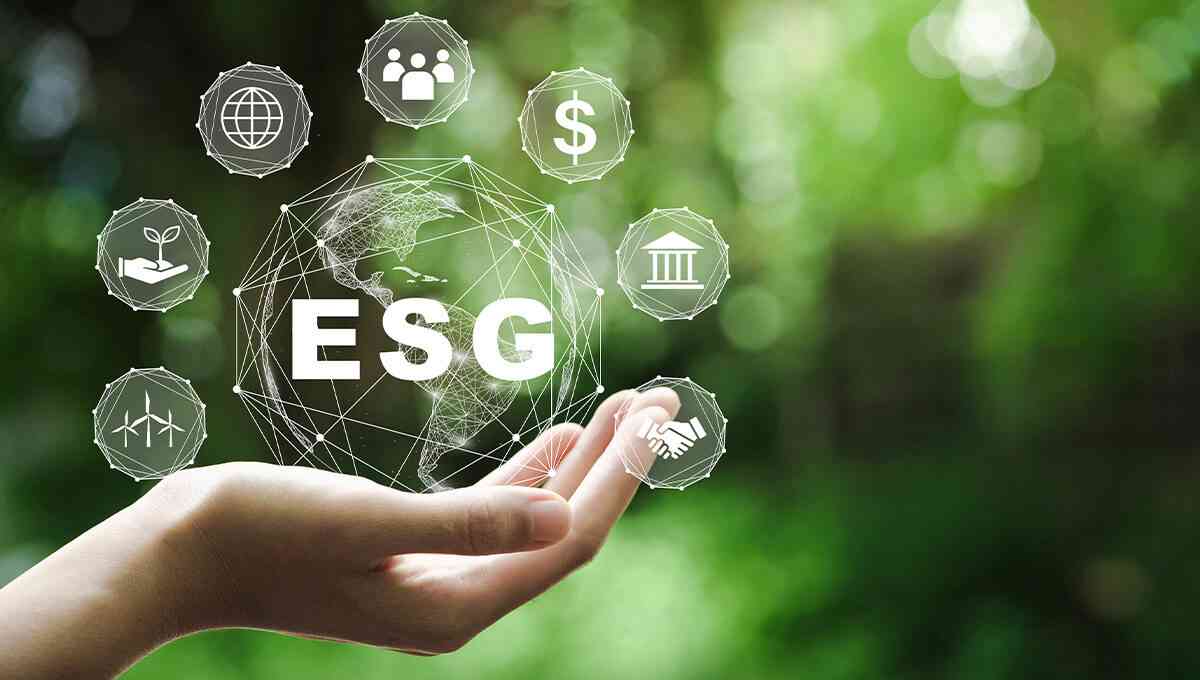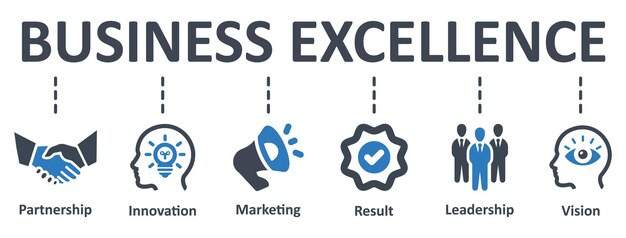
IN my previous article, we concluded with a summary of some of the metrics that can be used to track environmental, social and governance (ESG) performance by an organisation.
In today’s article, we will further look at these metrics in detail and explore more metrics at the same time looking at the importance of these metrics to the business with the overall view of laying a foundation for a national conversation around this topic.
It is encouraging that the world is finally waking up to the challenges we collectively face.
It is, therefore, becoming clear that solving ESG issues is increasingly being recognised as an essential component of modern business of which failure to do so creates a no-win situation for all.
ESG performance metrics quantify and enable the measurement of progress towards ESG goals and this is necessary for the following reasons:
lTangibility of commitments: It has become a tendency that some organisations put out promises, mission statements and paraphernalia that speaks to ESG perhaps to remain relevant and position themselves. However, without ESG reporting metrics, your verbal commitments can’t be grounded in any data. This can often lead to big promises without any accountability which to a greater extent has some consequences to the growth of the business.
lOptimising what you measure: It can be a mammoth task to know if you are making progress or not If you aren’t keeping track of the numbers. You won’t be able to decide if you need to adjust if you have nothing to base the decision on.
lTransparency against progress: Environmental social governance involves many stakeholders including the investors, general public, communities, government and business partners. These stakeholders want to see accurate reports including details of ESG metrics so that they can evaluate your company’s ESG initiatives.
- Strive Masiyiwa eyes US$500m for expansion
- Immunisation information dearth in communities
- Is Zimbabwe ready for green building standards?
- Strive Masiyiwa eyes US$500m for expansion
Keep Reading
Various researchers have pointed that companies can improve their ESG performance by taking a holistic approach that considers how business decisions impact the environment, society and governance.
To achieve ESG goals, companies should set clear goals and policies, conduct regular ESG assessments to identify areas to improve, constantly engage with stakeholders to understand their interests and preferences.
Further investing in sustainable technologies and practices is key to achieve quality output while diversifying your workforce and maintaining transparency about ESG performance can strategically position your company.
ESG metrics are vital for transpar Certifications
There are a number of certifications that you can get to demonstrate your business’ commitment to ESG by meeting pre-set standards on financial and product design, among other areas of a company’s operations.
The idea is to ensure that companies with quality labels on their brands are focused on sustainability and can be noted more easily at the global and local levels than those without.
It’s important to note that the certification will not only aid value in making your business attractive to customers, but also investors at the local and global levels.
It gives an accepted review of the entire company or business before accrediting it in a way that people looking for investment or buying opportunities will be able to make quick decisions.
Based on the researches done to date regarding the current service providers of services such as measuring ESG for your company, they check the production system, workers, recent performance on the markets, customers, suppliers and give recommendations on the needed changes for accreditation. They also measure different metrics and only issue certification if your company meets all the set standards.
Capital market’s assessment guidelines
Based on available data at international stage, if your company is listed or targets listing in top capital markets, it has to meet the pre-set criteria for ESG performance.
Let’s take the example of HKEX, one of the largest capital markets based on trade volumes. In 2020, HKEX issued new ESG guidelines for all companies listed on its platform or new ones that wanted to use its listing services.
The ESG guideline is a continuous process that requires clear identification of current impacts by managers, expected challenges in the future and methods the company targets to use in addressing them.
The managers are required to be comprehensive and to deliver accurate information that will easily be used to make decisions.
With this information even new investment enthusiasts can easily make the right decision about the company to work with because managers have provided all the information for analysis.
Therefore, they can even run simulations to measure the company likely to have better financial performance in the long-term.
Other capital markets are London Stock Exchange and New York Stock Exchange and various individual indices.
Therefore, it’s important to understand the requirements of the markets and stick to the main principles of ESG reporting, such as accuracy and materiality.
Based on benchmarking with other economies and available data most investors coming to the capital markets will look at the sustainability reports of firms/companies of interest to understand their ESG metrics, impacts, performance in relation to international standards before making the final decision.
ESG scores are a measure of how well a company addresses risks and concerns related to environmental, social and corporate governance issues in its day-to-day operations.
These scores are important for socially responsible investors who want to invest in companies with strong ethical and sustainability practices, as they provide an insight into a company’s long-term performance and resilience.
It has also been noted that while ESG metrics offer numerous benefits, there are some challenges that companies face when measuring and reporting ESG metrics.
These challenges include data accuracy, standardisation and ensuring that ESG practices translate to real-world impact.
In conclusion, one thing about measuring ESG is that it is mainly based on data. Whether you are evaluating performance on carbon footprint reduction or support for social justice, stakeholders want to see information that is accurate and verifiable.
Therefore, organisations are strongly advised to have a good ESG plan for their company with targeted local/ global goals and key performance indicators.
If creating and implementing an ESG plan is challenging, organisation can consider getting the assistance or services of professional firms so that their reporting is not diluted and they can compete at international level.
Embracing ESG metrics isn’t just a choice; it’s a strategic imperative for businesses in the 21st century. Overall, companies are advised to adopt the following three principles if they are to implement a successful ESG plan: Make it Clear, Make it Real, Make it Stick. We will discuss this further in our next publication.
ency, attracting capital, enhancing brand reputation, reducing regulatory risk and ensuring progress towards ESG goals.
Among many here are some examples of ESG metrics and these include greenhouse gas emissions, diversity percentages and tax payments and these are crucial in helping companies to measure their sustainability progress.
In this newly-conscious landscape, businesses not only need to be committed to ESG but must demonstrate how they’re making good on their promises.
This is done by implementing and tracking ESG metrics. Using ESG performance metrics to measure ESG success can help you communicate your values both internally and externally, positioning ESG as vital to your business.
Looking at the other side of the coin, it’s important to note that there are no universal ESG metrics and definitions and regulations are constantly changing. With that said, organisations such as the World Economic Forum are working towards creating a universal standard, as documented in the measuring stakeholder capitalism report.
Conventionally, investors use financial data and metrics to determine the feasibility of investing in a company.
Methods of measuring ESG for your organisation in detail
Nowadays, organisations have been turning to ESG metrics to assess the viability and long-term performance of companies based on non-financial ESG risks and opportunities alongside traditional business metrics.
In the last article, the elements below were just pointed out but today it’s important to look at them in detail and outline how companies can leverage on these metrics to create value out of their ESG plans.
Sustainability Accounting Standard Boards (SASB)
The above are mentioned in general but it’s important to check the board that is relevant to you and focuses on your industry because some are more specific about the nature of the companies and management that can use them.
A classic example is the SASB which is the most preferred option for companies in the financial sector for examples banks, among others.
If you are unsure of the standards board and framework to work with for measuring ESG and sustainability reporting of your business, consider using the services of those that are more general, such as Global Reporting Initiative and Carbon Disclosure Project.
Certifications
There are a number of certifications that you can get to demonstrate your business’ commitment to ESG by meeting pre-set standards on financial and product design, among other areas of a company’s operations.
The idea is to ensure that companies with quality labels on their brands are focused on sustainability and can be noted more easily at the global and local levels than those without.
It’s important to note that the certification will not only aid value in making your business attractive to customers, but also investors at the local and global levels.
It gives an accepted review of the entire company or business before accrediting it in a way that people looking for investment or buying opportunities will be able to make quick decisions.
Based on the researches done to date regarding the current service providers of services such as measuring ESG for your company, they check the production system, workers, recent performance on the markets, customers, suppliers and give recommendations on the needed changes for accreditation. They also measure different metrics and only issue certification if your company meets all the set standards.
Capital market’s assessment guidelines
Based on available data at international stage, if your company is listed or targets listing in top capital markets, it has to meet the pre-set criteria for ESG performance.
Let’s take the example of HKEX, one of the largest capital markets based on trade volumes. In 2020, HKEX issued new ESG guidelines for all companies listed on its platform or new ones that wanted to use its listing services.
The ESG guideline is a continuous process that requires clear identification of current impacts by managers, expected challenges in the future and methods the company targets to use in addressing them.
The managers are required to be comprehensive and to deliver accurate information that will easily be used to make decisions.
With this information even new investment enthusiasts can easily make the right decision about the company to work with because managers have provided all the information for analysis.
Therefore, they can even run simulations to measure the company likely to have better financial performance in the long-term.
Other capital markets are London Stock Exchange and New York Stock Exchange and various individual indices.
Therefore, it’s important to understand the requirements of the markets and stick to the main principles of ESG reporting, such as accuracy and materiality.
Based on benchmarking with other economies and available data most investors coming to the capital markets will look at the sustainability reports of firms/companies of interest to understand their ESG metrics, impacts, performance in relation to international standards before making the final decision.
ESG scores are a measure of how well a company addresses risks and concerns related to environmental, social and corporate governance issues in its day-to-day operations.
These scores are important for socially responsible investors who want to invest in companies with strong ethical and sustainability practices, as they provide an insight into a company’s long-term performance and resilience.
It has also been noted that while ESG metrics offer numerous benefits, there are some challenges that companies face when measuring and reporting ESG metrics.
These challenges include data accuracy, standardisation and ensuring that ESG practices translate to real-world impact.
In conclusion, one thing about measuring ESG is that it is mainly based on data. Whether you are evaluating performance on carbon footprint reduction or support for social justice, stakeholders want to see information that is accurate and verifiable.
Therefore, organisations are strongly advised to have a good ESG plan for their company with targeted local/ global goals and key performance indicators.
If creating and implementing an ESG plan is challenging, organisation can consider getting the assistance or services of professional firms so that their reporting is not diluted and they can compete at international level.
Embracing ESG metrics isn’t just a choice; it’s a strategic imperative for businesses in the 21st century. Overall, companies are advised to adopt the following three principles if they are to implement a successful ESG plan: Make it Clear, Make it Real, Make it Stick. We will discuss this further in our next publication.










